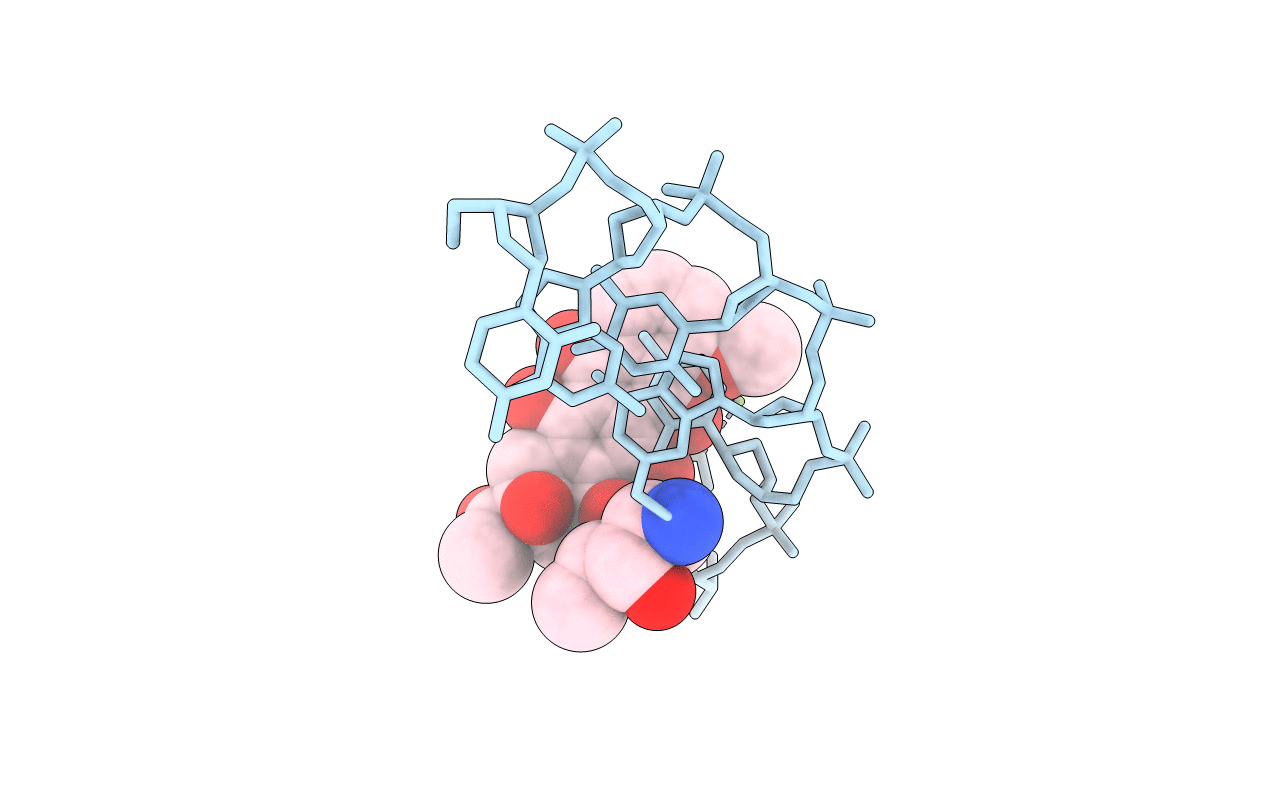
Deposition Date
1991-05-23
Release Date
1992-04-15
Last Version Date
2024-02-14
Entry Detail
PDB ID:
2D34
Keywords:
Title:
FORMALDEHYDE CROSS-LINKS DAUNORUBICIN AND DNA EFFICIENTLY: HPLC AND X-RAY DIFFRACTION STUDIES
Biological Source:
Source Organism:
Method Details:
Experimental Method:
Resolution:
1.40 Å
R-Value Observed:
0.17
Space Group:
P 41 21 2


